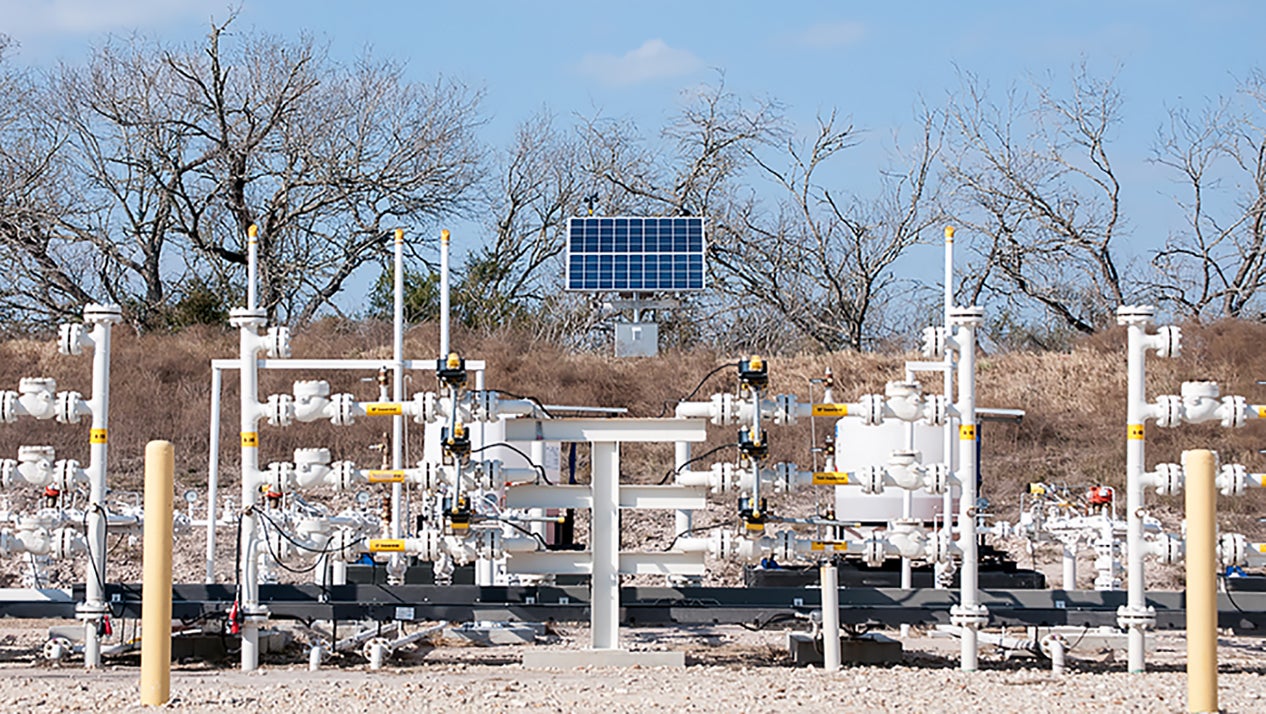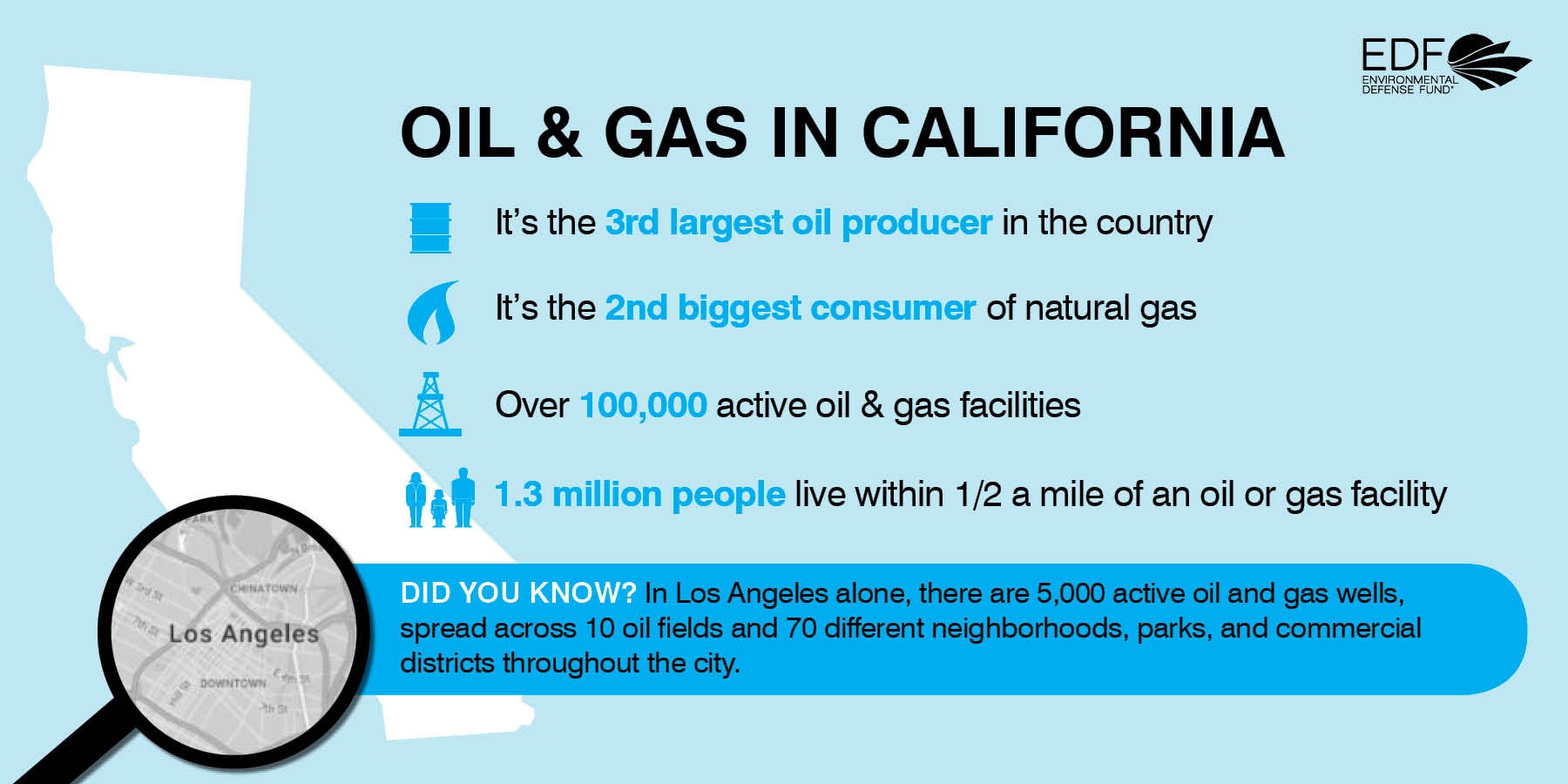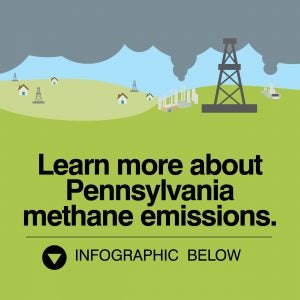 Last November, on the same day the Paris climate agreement took effect, 10 of the world’s largest oil and gas companies, including BG Group, BP, Eni, Pemex, Reliance Industries, Repsol, Saudi Aramco, Shell, Statoil and Total, announced a billion-dollar investment in climate solutions. Together, the member-companies of the Oil and Gas Climate Initiative (OGCI) produce 20 percent of the world’s oil and gas and operate in 55 countries.
Last November, on the same day the Paris climate agreement took effect, 10 of the world’s largest oil and gas companies, including BG Group, BP, Eni, Pemex, Reliance Industries, Repsol, Saudi Aramco, Shell, Statoil and Total, announced a billion-dollar investment in climate solutions. Together, the member-companies of the Oil and Gas Climate Initiative (OGCI) produce 20 percent of the world’s oil and gas and operate in 55 countries.
Their commitment was the beginning sign of a growing and public recognition by the oil and gas industry that tomorrow’s low carbon energy transformation has become today’s new energy imperative.
Right now, the biggest, most pressing climate item for the oil and gas industry is methane. Importantly, OGCI’s announcement included a global focus on reducing methane, a powerful greenhouse gas. Far more potent than carbon dioxide over a 20-year timespan, methane is responsible for about a quarter of the warming we feel today. Read More











 Pennsylvania is the nation’s second largest producer of natural gas, yet the state’s gas industry is guilty of leaking massive quantities of methane – essentially the gas itself – into the atmosphere. Fortunately, the state’s Department of Environmental Protection is taking steps to ensure Pennsylvania is leading on energy, not on air pollution. Here are five reasons why state leaders are moving forward to address invisible, yet harmful, methane emissions.
Pennsylvania is the nation’s second largest producer of natural gas, yet the state’s gas industry is guilty of leaking massive quantities of methane – essentially the gas itself – into the atmosphere. Fortunately, the state’s Department of Environmental Protection is taking steps to ensure Pennsylvania is leading on energy, not on air pollution. Here are five reasons why state leaders are moving forward to address invisible, yet harmful, methane emissions.  As he settles into his final two years as California’s longest-serving Governor, Jerry Brown has limited time to finalize his energy and climate policy legacy. Meanwhile, with a new crop of state legislators and two new appointees at the California Public Utilities Commission (CPUC), California has a fresh set of actors who will be actively questioning the way things are — and the way things should be.
As he settles into his final two years as California’s longest-serving Governor, Jerry Brown has limited time to finalize his energy and climate policy legacy. Meanwhile, with a new crop of state legislators and two new appointees at the California Public Utilities Commission (CPUC), California has a fresh set of actors who will be actively questioning the way things are — and the way things should be.
